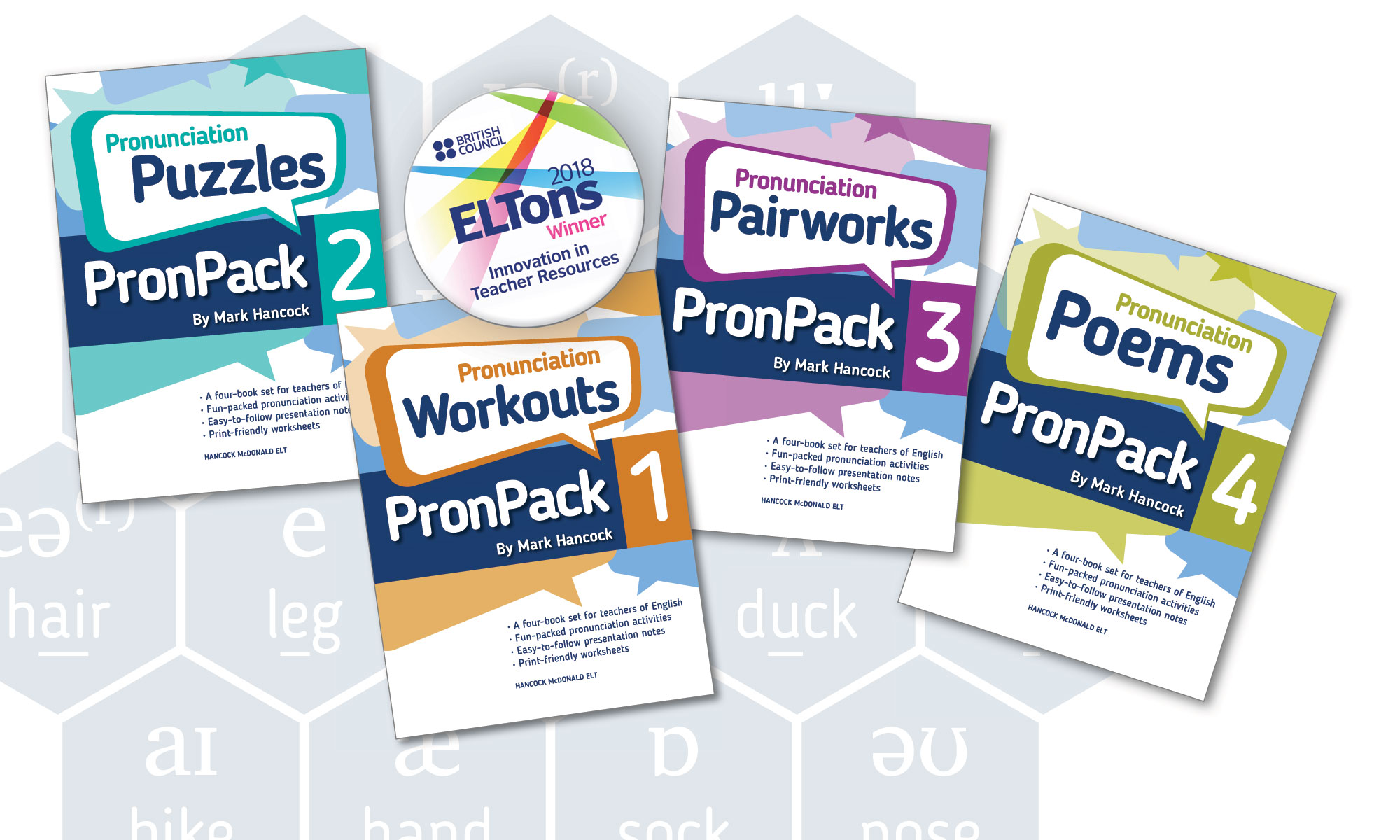If you encounter this mysterious g when teaching Spanish speaking students, you first need to make them aware of it. Show them that a [g] is formed when the back of the tongue makes contact with the roof of the mouth. Get them to say the sound, but while sucking in instead of breathing out. If they do this, they will feel a distinct coldness in the area where the tongue makes contact. Once they are aware of this contact point, you can then advise them to make sure there should be no such contact before the [w] in words like when, wood or whiskey.

In the case of wood, this problem gets compounded further when the [w] goes missing completely, so that it sounds like good. The missing [w] problem comes from the fact that for Spanish speakers, the [w] is a variant of [u] – a kind of harder alternative that you get as the first element in diphthongs such as the ua in cuatro – [kwátro]. So if the vowel that comes after the [w] is something like [u], then for the Spanish speaker it will just seem to be a doubled [u]. Consequently, a word like woman will come out as ooman.

If you encounter this problem in your teaching, then I think the thing to do is emphasise the difference in muscular tension between the [w] and the following vowel. For both the [w] and the [u] sounds, the mouth is rounded, but the mouth visibly relaxes as it moves from one to the other. Demonstrate this, and get students to make sure they can see this visible relaxation in the mirror (or camera) when they say this sound sequence.
To provide students with some intensive practice of words beginning with w, try this activity called Woman and Wolf, from PronPack 5: Pronunciation of English for Spanish Speakers (Hancock McDonald ELT 2020).

